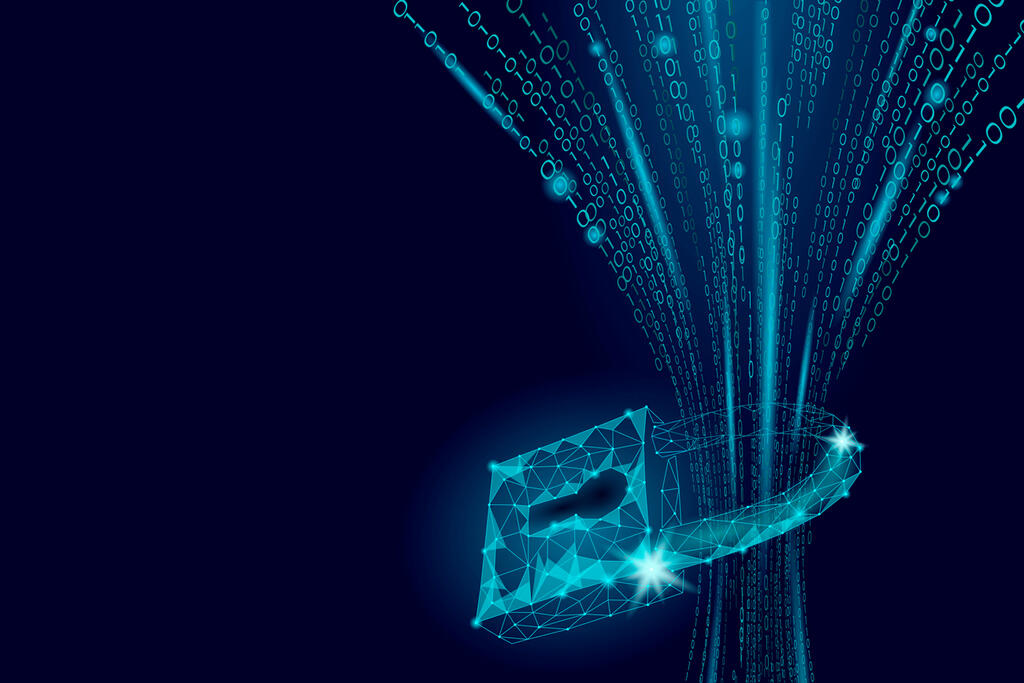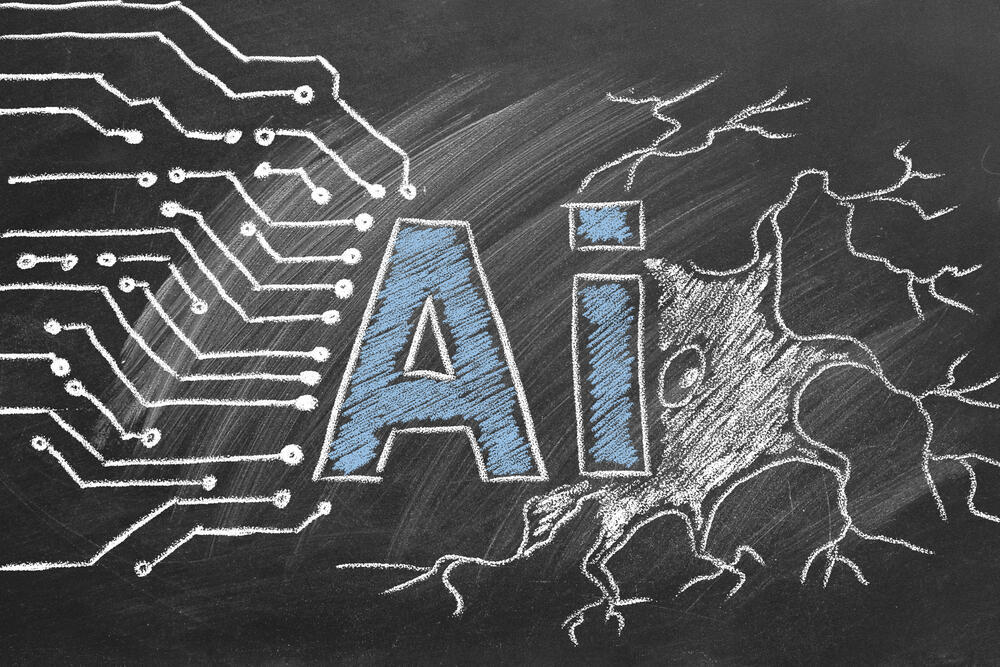Artificial Intelligence (AI) and quantum computing are at the forefront of innovation. These two developments are transforming cybersecurity in ways that were unimaginable just a few years ago. They could lead to unprecedented digital protection—or create cyber risks so sophisticated that our current defenses crumble under the pressure.
So, is the future of cybersecurity bright or bleak? It may depend on how quickly we adapt to this new reality.
AI - A cyber savior or master of deception?
AI has already become an integral part of cybersecurity strategy. Its ability to process enormous amounts of data and identify patterns faster than any human is revolutionizing how organizations defend against attacks. Major companies like Microsoft now use AI to monitor millions of devices worldwide, helping to detect and neutralize threats in real time. Security teams are also benefitting from AI’s ability to reduce false alarms, allowing them to focus on genuine risks.
But AI isn’t a one-sided force for good. Cybercriminals have found ways to exploit it, too. Imagine receiving an email from your bank that looks legitimate down to the smallest detail. It could be crafted by AI to manipulate you into clicking a dangerous link. Hackers can use AI to generate malware that learns and evolves, becoming harder to detect with each attempt. Deepfake technology has also made it possible for scammers to impersonate executives and trick employees into transferring money to fraudulent accounts.
These scenarios, once the stuff of Hollywood thrillers, are becoming everyday challenges for security experts.
Quantum computing is a new frontier for hackers
If AI is changing how we fight cyberattacks, quantum computing might revolutionize how they succeed. Unlike classical computers that store data in binary form (0s and 1s), quantum computers use qubits, which can represent multiple states simultaneously. This allows them to perform mind-bending complex calculations at speeds far beyond what today’s computers can handle.
The problem is that many of our current security protocols rely on encryption—essentially, math problems that take traditional computers years to solve. A powerful quantum computer could crack these encryptions in minutes, rendering secure communications, banking systems and government data vulnerable to attack. Cybersecurity experts are worried about a phenomenon called "Harvest Now, Decrypt Later," where hackers collect encrypted information today, hoping to unlock it once quantum technology matures.
Get the Ynetnews app on your smartphone: Google Play: https://bit.ly/4eJ37pE | Apple App Store: https://bit.ly/3ZL7iNv
Governments and research institutions are racing to develop "post-quantum cryptography," a new type of encryption designed to withstand quantum attacks. However, upgrading the world’s security infrastructure will be a slow and costly process, leaving a window of opportunity for cybercriminals to exploit.
The need for new defenses
The clock is ticking for organizations to prepare for the quantum era. Security experts recommend adopting a layered approach, combining traditional encryption with emerging quantum-resistant algorithms. This hybrid model offers an interim solution until more robust protections become standard.
Equally critical is the need to stay informed. Both AI and quantum technologies are advancing rapidly, and those who fail to keep up may find themselves outpaced by the capabilities of cybercriminals. Businesses that act now to strengthen their defenses will be better positioned to survive future threats.
A crossroads of risk and opportunity
AI has the potential to empower cybersecurity professionals to react faster and smarter than ever before, but quantum computing poses a challenge that could shake the foundations of digital security.
The question is no longer whether these technologies will shape the future of cybersecurity—it’s how they will do so. Organizations and governments must make critical choices today to protect themselves from tomorrow’s threats. The stakes are high, but so are the rewards for those who navigate this complex landscape successfully.
Whether we stand on the side of opportunity or risk, one thing is certain: we are at the dawn of a new digital era, and the decisions we make now will define its trajectory.




